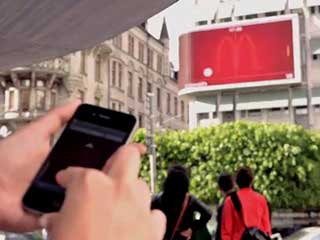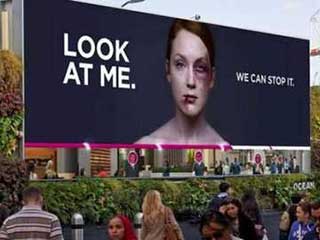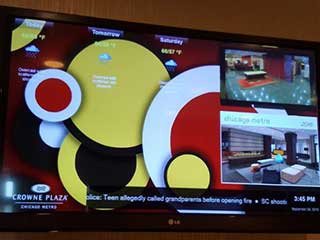Common Sense or How to Operate Outdoor Digital Screens
From the very moment when LED screens gave us the opportunity to watch video on the squares and streets of our cities, the discussion continues on the road safety VS advertising: is video advertising dangerous from the point of view of road safety, does it not distract drivers from focusing on the road and safe driving?

While the competent specialists argue, the bureaucrats are making decisions. For example, the Moscow authorities allowed video advertising on media façades and the stand-alone digital screens were ordered to display only still pictures, or slides. He is not the place to argue. At least slides are allowed. But displaying slides requires a well-planned method otherwise screens operation will be ineffective and useless.
After visiting several libraries and reading dozens of clever books on advertising, we have come with a list of suggestions capable to make operation of digital outdoor screens more effective and the advertising more noticeable and memorable.
Naturally, we should start with slide duration. There are different approaches. Some operators try to reduce duration in order to squeeze as many slides into one minute of broadcasting as possible. Others prefer to extend duration to make sure that it attracts more attention and will positively affect brand recognition.
However the majority of experts who have direct experience in working with digital advertising agree that the most effective slide duration is within 10 to 20 seconds. The motto is: it is better to show the slide more often than to show it longer.
 An example of the highly creative social advertising by Ocean Outdoor
An example of the highly creative social advertising by Ocean OutdoorThe next topic: retention of information. Psychologists have long concluded that to the information will be stored for a long time in our memory if seen or heard 7-9 times. This leads us to conclusion that the advertising 5-6 minute block must be filled with 10-15 slides (clients). To minimize potential risks, advertising companies offer clients a wide range of possibilities which are not always efficient from the point of view of advertising strategy.
Here is the commercial offer of a large Russian network advertiser 3Stars: “A 5 minute advertising block may include slides of 5, 10, 15, 20, 25 seconds, etc. As a rule, screens work round-the-clock for 24 hours, thus an advertising clip or slide will be repeated 288 times each day.”
This may be good from the point of view of selling screen time but not optimal from the point of view of conducting an advertising campaign.
 Ineffective content for digital advertising in a hotel
Ineffective content for digital advertising in a hotelColors on the slide must be contrasting. This is reasonable: when coming from afar, especially in daytime, one may notice and read only what is clear. The screen colors fade in day light, especially on a sunny day. And to read a slogan, or brand name the light text must stay on dark background. This is optimal combination for our eyes. The opposite does not work as well.
Here we may add that the small font is not for outdoor advertising. Nobody stares at a slide for a long time. And at a glance you may notice only legible, short slogan in large letters. Experienced advertising designers rarely use unique of fancy fonts to construct a slide. Probably, these may add some to the aesthetics but will complicate reading. This is unadvisable.
When advertising slides follow each other for a long time, the audience starts to disapprove and psychologically rejects the content. Therefore, psychologists suggest to “diluting” advertising with something unrelated, interesting, socially important or humorous. At this background the slides with commercial advertising will be accepted and memorized better.
Today nobody pays attention to grammar of advertising texts. However, the general principle of legibility forces advertisers to use short words, less nouns, more action verbs that urge the audience to go and buy something.
Probably, the authorities prefer static images to dynamic ones, and prohibit video advertising in the streets for this reason. However, nobody prevents advertisers to “enliven” static images with dynamic effects, with appearing and disappearing texts and objects.
With the help of these simple methods you will be able to significantly improve the efficiency of advertising on outdoor digital screens, and to turn LED screens into more attractive advertising medium compared to other forms of advertising.





